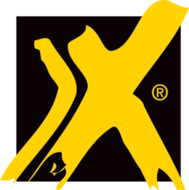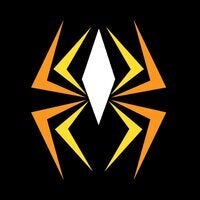

New Facility Merges Three Separate Facilities and Positions Suzuki for Continued Growth
BREA, CA – June 26, 2018 – (Motor Sports Newswire) – Suzuki Motor of America, Inc (SMAI), is happy to announce the creation of a new manufacturing plant in Hamamatsu, Japan, home to its parent company, Suzuki Motor Corp. (SMC). The new facility will combine engineering, development, engine production and vehicle assembly into one location and will increase efficiency in the production and delivery of Suzuki’s ever-diversifying motorcycles..
Originally announced in 2014, this five-year consolidation plan is near completion. Previously, Suzuki motorcycles were developed and manufactured across three locations in Japan – product engineering and development teams worked at the company’s Ryuyo facility; Suzuki produced engines at its Takatsuka plant; and motorcycle assembly lines operated at its Toyokawa plant. These three operations will now be centralized into the new Hamamatsu Plant in the Miyakoda district, in a nearly 700,000 square foot facility on a site covering more than 40 acres.
This all new facility will produce the majority of Suzuki two-wheeled products for U.S. distribution. The site of the facility was chosen in part due to its geographically desirable location and proximity to Suzuki headquarters.
Suzuki also operates an All-Terrain Vehicle assembly plant in Rome, Georgia. Active since 2001, Suzuki Manufacturing of America (SMAC) exclusively builds Suzuki’s award-winning line of utility-focused ATVs for worldwide distribution. Suzuki launched all-new versions of its KingQuad 750 and KingQuad 500 in May.
Source: Suzuki Motor of America, Inc.









.thumb.jpg.613a26994795f00c4966745a88295653.jpg)



